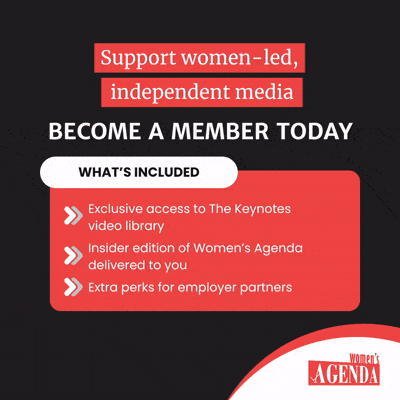By now the details are locked in but if they weren’t and Morrison was looking for some last minute wins, we have some ideas here.
Re-introduce the Women’s Budget Statement.
This is a big one. From the mid-1980s until 2014 Australia published a Women’s Budget Statement each year which analysed the impact of a particular budget and its policies on women. This was groundbreaking when it was introduced and has been adopted by many other countries.
Since 2014, when the Federal government ceased publishing the statement, the National Foundation for Australian Women has worked with experts from a range of organisations, to undertake analysis of the implications of the budget through a gender lens.
This is critical because the consequences of some policies, whether intended or unintended, affect men and women differently. As the NFAW writes: “The impacts of public expenditure, revenue raising, and deficit reduction strategies are not gender neutral. Government expenditure and taxes don’t impact equally because men and women occupy different economic and social positions.”
If we are to work towards gender equality it’s critical that the government understands how its policies affect women. This function should be maintained by the federal government as a matter of urgency.
“It’s very important that in the formation of the budget that the Office for Women is involved so there is real clarity about the impact on women,” NFAW president Marie Coleman says. “Is it going to disproportionately disadvantage women? That has to take place during the budget formation.”
She says there is “very little” to indicate this has happened. The NFAW will provide detailed analysis of the budget within 10 days, but Coleman says as it stands the changes to higher education already look to disadvantage women
“There are significant disincentives in the education changes – very significant,” Coleman says. “The cutting point will arise for women in lower paid professions who previously had more time before they repaid the debt and at a higher rate.”
Action on Pay Inequality
The UK and Iceland have recently taken steps to eradicate the pay gap between men and women. In Iceland a new law mandates equal pay by asking employers to prove they pay men and women equally.
“The bill entails that companies and institutions of a certain size, 25 or more employees, undertake a certification of their equal-pay programmes,” Thorsteinn Viglundsson, Minister of Social Affairs and Equality said. “The gender pay gap is unfortunately a fact in the Icelandic labour market and it’s time take radical measures; we have the knowledge and the processes to eliminate it.”
In the UK thousands of employers will be forced to publish the wages they pay male and female workers in a bid to close the gender pay gap.
Firms employing at least 250 workers will have to give wage figures by April next year, with the regulations covering over 15 million employees.
The UK is one of the first countries in the world to report on the gender pay gap, which currently sees British men being paid over 18% more than women in the same roles.
The pay gap in Australia is as stubborn as in the UK and far greater than the 7% discrepancy in Ireland. Addressing it is not beyond us – if we are willing to take action.
Make super fairer for women
Addressing wage inequality will make a significant difference to the retirement gap which sees Australian women retire with 47% less super than their male counterparts.
But there are also changes to the super system we could make to make it fairer for women. Men, in aggregate, currently receive double the superannuation tax concessions as women. A 2016 Senate Report into women’s financial security in retirement acknowledges the concessions are poorly targeted.
“The existence of super tax concessions is heavily stacked against women,” Richard Denniss says. “It’s inequitable, and because women are more likely to be poor it’s particularly inequitable for women.”
As it stands, low-income earners pay more tax on their retirement savings than they do on their ordinary income. By contrast, high-income earners pay far less tax on their superannuation contributions than on their salaries.
Boost women’s workforce participation
Women’s workforce participation has been slipping backwards in comparison to many other countries for years. Australia ranks 55th out of 144 countries according to the World Economic Forum. We come in 18th of OECD countries on The Economist‘s glass-ceiling index, which reveals where women have the best chances of equal treatment at work.
Boosting this is a boon for all involved. If female workplace participation were to grow by 5% over the next decade, an extra $165 billion would be added into the economy.
Even a 1% increase in participation in 2017 would increase GDP by an additional $58 billion over the next decade.
Paid parental leave, affordable childcare and supportive employer practices are all factors that will enable more Australian women to participate in the paid workforce.
“The most talk from government is about infrastructure which will benefit men in the main part,” Coleman says. “There has not been much talk about women’s workplace participation which is a real shame.”


